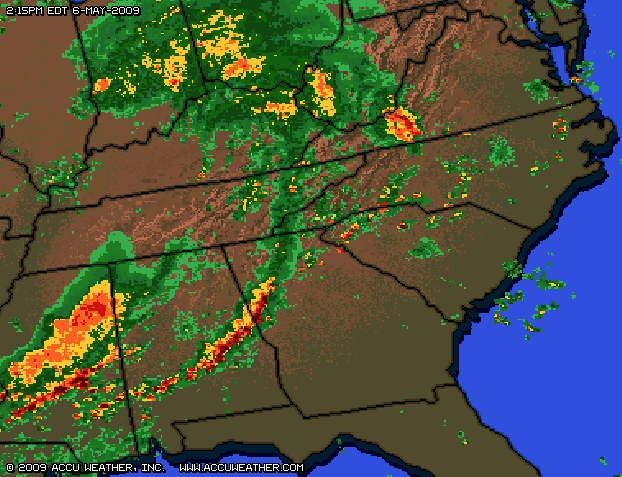
On ii) a combination of intensity, pseudo-polarimetric and texture features and each classifier was evaluatedīased on Recursive Feature Elimination with Cross-Validation and pair-wise correlation of the studied features. Several classifiers were developed, based on i) solely intensity features or Pseudo-polarimetric decomposition parameters and Grey Level Co-occurrence Matrix texture features wereĬomputed for 70 verified sample areas. For each ice stage, intensity of the VV and VH backscatter, In a case study over the Athabasca River in Canada. Of Sentinel-1 data for three main classes generally present during breakup: rubble ice, sheet ice and open water, In this study, we develop a Random Forest classifier based on multiple features Of SAR data, mostly based on data from RADARSAT-1 and -2, these classifiers still experience problems withīreakup classification, because meltwater development causes overlap in co-polarization backscatter intensities Although a variety of classifiers have been developed to distinguish ice types using HH or VV intensity River ice is a major contributor to flood risk in cold regions due to the physical impediment of flow caused by ice Given a sufficient temporal resolution, SAR imagery has the potential to improve the spatiotemporal monitoring of Arctic watersheds for river breakup investigations. Challenges associated with spring runoff monitoring and the sensitive nature of SAR likely resulted in an earlier detection of surficial changes by the remote sensing technique compared to the field runoff observations. The temporal resolution of imagery served as the major limitation in constraining the timing of the hydrologic event. A combined use of that variance and sum of rank order change appeared promising when enough images were available. Variance in brightness was found to be the most reliable indicator. Three variables were analyzed for their suitability to bracket the river breakup period: image brightness, variance in brightness over the river length, and a sum of rank order change analysis. On the basis of field information, the SAR images were separated into pre-breakup, breakup, and post-breakup periods.
WEATHERRADAR 20833 SERIES
A statistical analysis was carried out on a time series (2001-10) of SAR images acquired from the European Remote Sensing Satellite (ERS-2) and the Canadian RADARSAT satellite, as well as on measured runoff. This study combines remote sensing techniques and field measurements to evaluate the applicability of synthetic aperture radar (SAR) to defining spring breakup of the braided lower Kuparuk River, North Slope, Alaska.

Spring runoff measurements of Arctic watersheds are challenging given the remote location and the often dangerous field conditions.


 0 kommentar(er)
0 kommentar(er)
